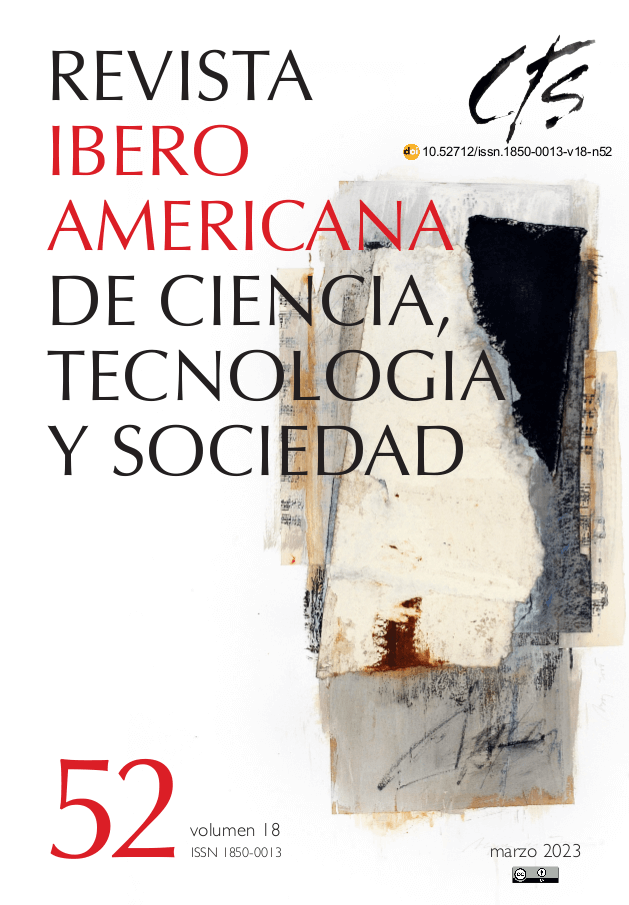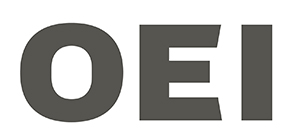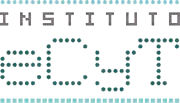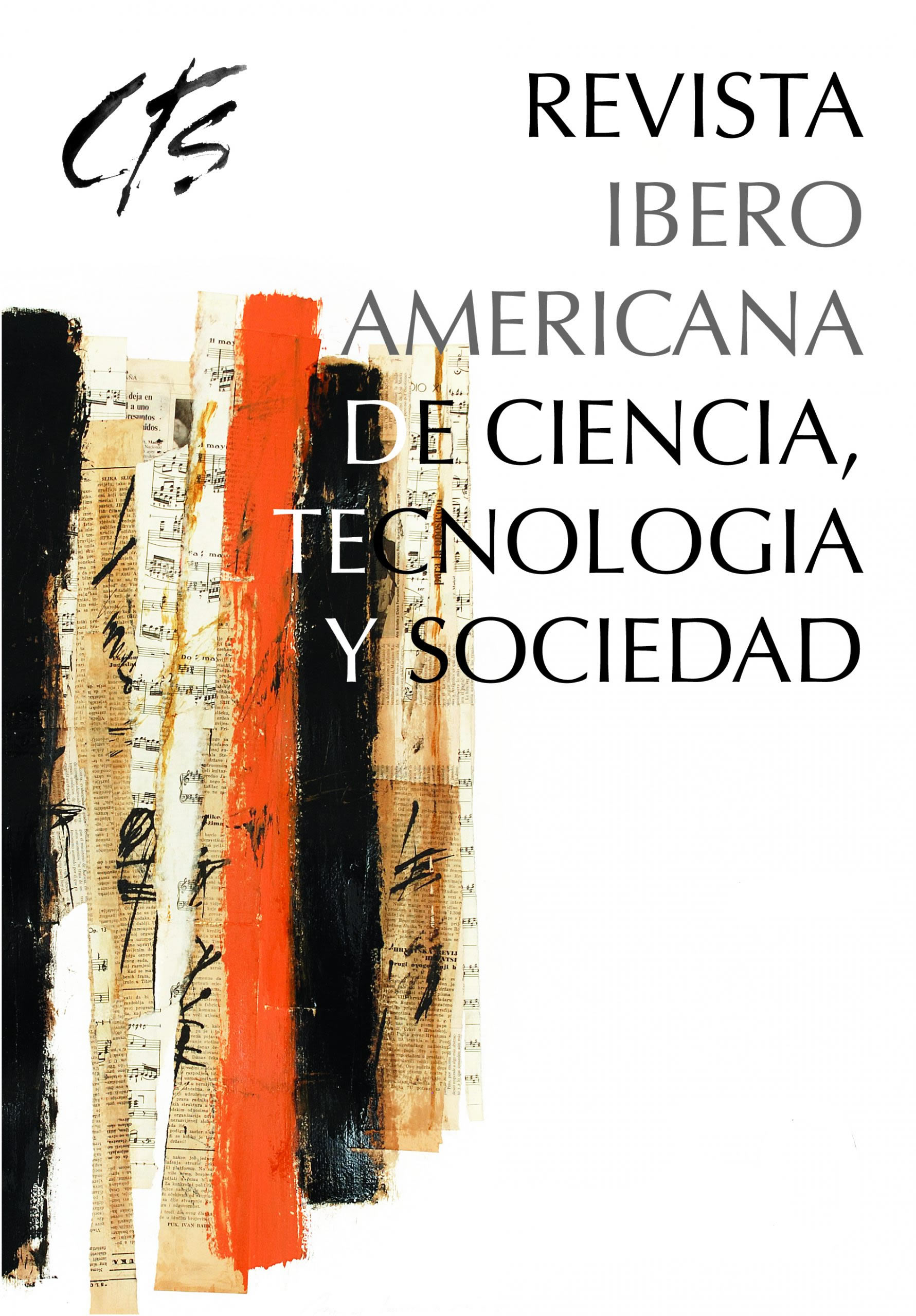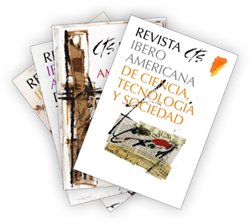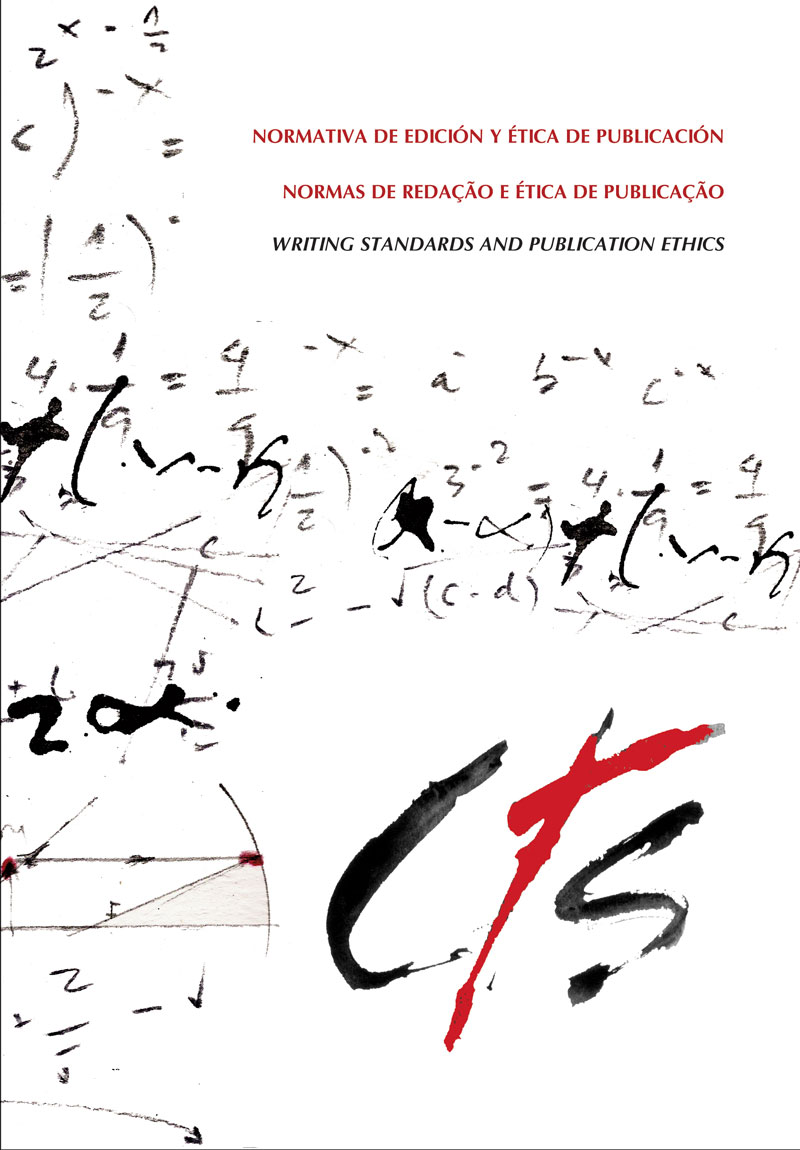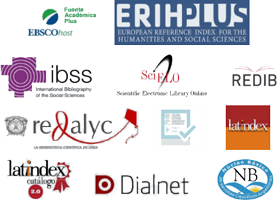The Conventional Sewage System and the Global Scarcity of Water
Irrational Use of Resources versus Dry and Circular Systems
DOI:
https://doi.org/10.52712/issn.1850-0013-403Keywords:
sewage systems, water, cradle to cradle, circular economy, critical theoryAbstract
The current conventional sewage system, which combines a flushing toilet with a sewage system and eventually treatment plants, is an obsolete and inadequate system that demonstrates an irrational and harmful use of resources, especially water. The prevalence of this system is not explained solely by technical reasons; the motivations that justify its diffusion and permanence are mainly associated with historical and cultural reasons. Currently there are alternatives available that have already competed with the conventional system, and that present clear benefits, such as avoiding water contamination and making efficient use of resources by reintroducing them into production systems as nutrients or raw materials. The scant application of these alternative systems is most likely due to non-technical motivations associated with historically incorporated habits, based on debatable beliefs about human excrement and waste management. Given the current water scarcity crisis, it is urgent to study ways to implement resource-friendly systems and to combine a technical analysis on the adaptations necessary for its massification with an exploration of the cultural barriers that make this implementation difficult.
Downloads
References
Benidickson, J. (2011). The culture of flushing: A social and legal history of sewage. Chicago: The University of Chicago Press.
Bijker, W. (1995). Of bicycles, bakelites, and bulbs: Toward a theory of sociotechnical change. Cambridge: MIT Press.
Callon, M. (1984). Some Elements of a Sociology of Translation: Domestication of the Scallops and the Fishermen of St Brieuc Bay. The Sociological Review, 32(1), 196-233.
Callon, M. (1986). The sociology of an Actor-Network: The case of the electric vehicle. En M. Callon, J. Law & A. Rip (Eds.), Mapping the dynamics of science and technology: Sociology of science in the real world (19-34). Houndmills: Macmillan.
Canaday, C. (2018). Why wet sanitation is washed up, while dry is high and dry. Blog Inodoro Seco, 2 de abril. Recuperado de: http://inodoroseco.blogspot.com/.
Cerda L, J. & Valdivia C, G. (2007). John Snow, la epidemia de cólera y el nacimiento de la epidemiología moderna. Revista Chilena de Infectología, 24(4), 331-334. DOI: 10.4067/S0716-10182007000400014.
Cerdá, E. & Khalilova, A. (2016). Economía circular. Economía industrial, 401(3), 11-20.
Clemente, A., Chica, E. & Peñuela G. (2013). Procesos de tratamiento de aguas residuales para la eliminación de contaminantes orgánicos emergentes. Revista Ambiente & Água, 8(3), 93-103. DOI: 10.4136/ambi-agua.1176.
Dabbah, F. A. (2015). Sistemas de saneamiento seco, baño seco. San Martín: Instituto Nacional de Tecnología Industrial - INTI.
Dagnino, R. (2014). A tecnologia social e seus desafios. En Tecnología Social: aportaciones conceptuales y metodológicas. Campina Grande: EDUEPB.
Dagnino, R., Brandão, F. C. & Novaes, H. T. (2004). Sobre el marco analítico concebido por la tecnología social. En A. Lassance Jr. et al. (Eds.), Social technology: a strategy for development. Río de Janeiro: Fundação Banco do Brasil.
Davison, K. (2001). The sit-down flush toilet revisited [Tesis]. Calgary: University of Calgary. DOI: 10.11575/PRISM/19959.
De Decker, K. (2010). Recycling animal and human dung is the key to sustainable farming. Blog Low-Tech Magazine, 10 de septiembre. Recuperado de: https://www.lowtechmagazine.com/2010/09/recycling-animal-and-human-dung-is-the-key-to-sustainable-farming.html.
Esrey, S. et al. (1998). Saneamiento Ecológico. Estocolmo: Asdi.
Feenberg, A. (1999). Questioning Technology. Albany: Routledge.
Feenberg, A. (2002). Transforming Technology. Nueva York: Oxford Press.
Glick, T. F. (1987). Ciencia, tecnología y medio ambiente urbano: Las crisis del saneamiento en el Londres medieval y victoriano.
Hart-Davis, A. (1997). Thunder, Flush, and Thomas Crapper: An Encycloopedia [sic]. Trafalgar Square Pub.
Jenkins, J. C. (1999). The humanure handbook: a guide to composting human manure. Grove City: Jenkins Pub.
Keogh, L. (2018). Flows of Science: Source Separation Technology at the Swiss Federal Institute of Aquatic Science and Technology. Dübendorf: Eawag.
Latouche, S. (2018). Hecho para tirar: la irracionalidad de la obsolescencia programada. Barcelona: Ediciones Octaedro.
Brown, S. & Latour, B. (1998) De la mediación técnica. Filosofia, sociologia, genealogía. En S. Brown, M. Callon, B. Latour, J. Law, N. Lee, M. Michael, V. Singleton, M. Domènech & F. J Tirado (Eds.), Sociología simétrica: ensayos sobre ciencia, tecnología y sociedad (249-309). Barcelona: Gedisa.
McDonough, W. & Baungart, M. (2002). Cradle to Cradle. Remaking the way we make things. Nueva York: North Point Press.
McDonough, W. & Baungart, M. (2013). The Upcycle: Beyond Sustainability--Designing for Abundance. Nueva York: North Point Press.
Müllegger, E., Langergraber, G. & Lechner, M. (2011). Sustainable Sanitation Practice. EcoSan Club, 10(1). Recuperado de: http://www.ecosan.at/ssp/ssp-journal/.
Organización Mundial de la Salud (2012). Evaluación de métodos para el tratamiento doméstico del agua: metas sanitarias y especificaciones de eficiencia microbiológica. Recuperado de: https://apps.who.int/iris/handle/10665/79186.
Phlush (2012). A Rough History of Sanitation in the West. Blog Phlush, 27 de noviembre. Recuperado de: http://www.phlush.org/2012/11/27/a-rough-history-of-sanitation-in-the-west/.
Pinch, T. & Wiebe B. (1984). The Social Construction of Facts and Artefacts: or How the Sociology of Science and the Sociology of Technology might Benefit Each Other. Social Studies of Science, 14(3), 399-441.
Prieto-Sandoval, V., Jaca-García, C. & Ormazabal-Goenaga, M. (2017). Economía circular: Relación con la evolución del concepto de sostenibilidad y estrategias para su implementación.
Prignano, Á. O. (2014). El inodoro y sus conexiones: La indiscreta historia del lugar de necesidad que, por común, excusado es nombrarlo. Buenos Aires: Biblos.
PNUMA (2019). Perspectiva mundial del medio ambiente GEO 6. Planeta sano, gente sana. Nairobi: Programa de las Naciones Unidas para el Medio Ambiente
Rodriguez, D., Serrano, H., Delgado A., Nolasco D. & Saltiel, G. (2020). De residuo a recurso: Cambiando paradigmas para intervenciones más inteligentes para la gestión de aguas residuales en América Latina y el Caribe. Washington DC: World Bank. Recuperado de: https://openknowledge.worldbank.org/handle/10986/33436.
Salaverria, M. (1995). Las redes unitarias de saneamiento. Criterios de diseño y control. Revista de Obras Públicas, 33.
Valero, A., Calvo, G. & Valero, A. (2021). Nuevos materiales, nuevas tecnologías y nuevos retos de la transición ecológica. Ambienta, 128, 30-41.
Von Muench, E., Winker, E., Wendland, C., Kjellén, M., Bonzi, M., Olufunke, C., Terrefe, A. & Morgan, P. (2011). Guía Práctica de Uso de la Orina en la Producción Agrícola. EcoSanRes Series, 2011-2. Estocolmo: Stockholm Environment Institute.
Winblad, U. (2004). Ecological Sanitation. Estocolmo: EcoSanRes Programme.
Winner, L. (1993). Upon Opening the Black Box and Finding It Empty: Social Constructivism and the Philosophy of Technology. Science, Technology & Human Values, 18(3), 362-378.
Wright, L. (1980). Clean and Decent: The History of the Bath and Loo and of Sundry Habits, Fashions & Accessories of the Toilet, Principally in Great Britain, France & America. Londres: Routledge & Kegan Paul Books.
WWAP (2019). Informe Mundial de las Naciones Unidas sobre el Desarrollo de los Recursos Hìdricos 2019: No dejar a nadie atrás. París: UNESCO.
Downloads
Published
How to Cite
Issue
Section
License
Copyright (c) 2023 CC Attribution 4.0

This work is licensed under a Creative Commons Attribution 4.0 International License.
All CTS's issues and academic articles are under a CC-BY license.
Since 2007, CTS has provided open and free access to all its contents, including the complete archive of its quarterly edition and the different products presented in its electronic platform. This decision is based on the belief that offering free access to published materials helps to build a greater and better exchange of knowledge.
In turn, for the quarterly edition, CTS allows institutional and thematic repositories, as well as personal web pages, to self-archive articles in their post-print or editorial version, immediately after the publication of the final version of each issue and under the condition that a link to the original source will be incorporated into the self-archive.
